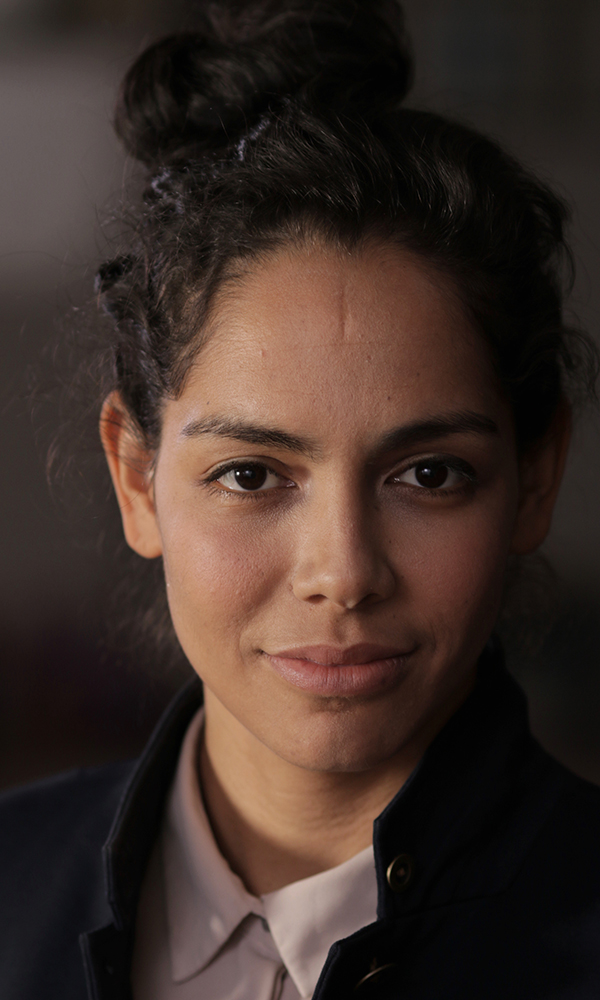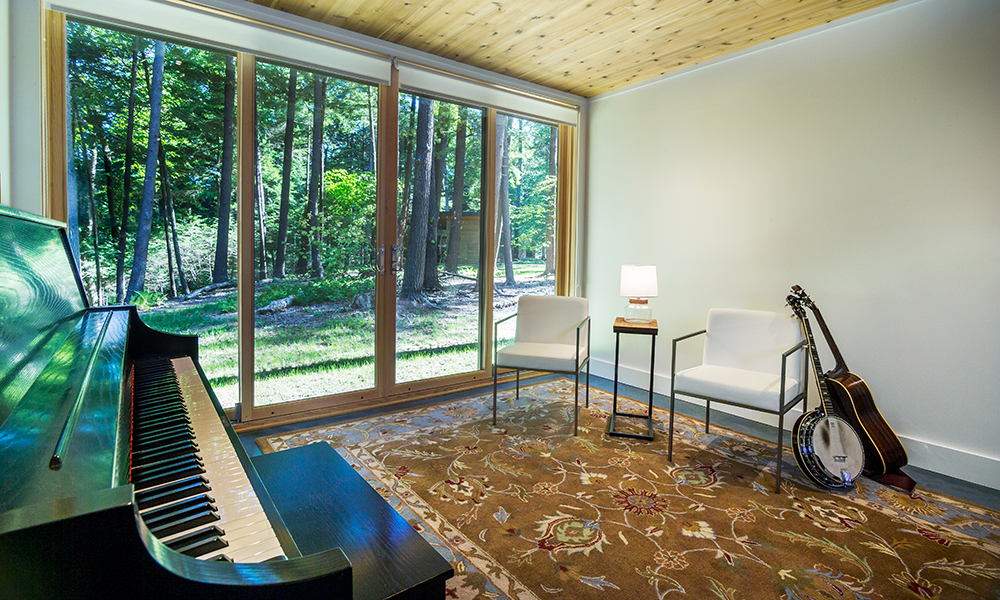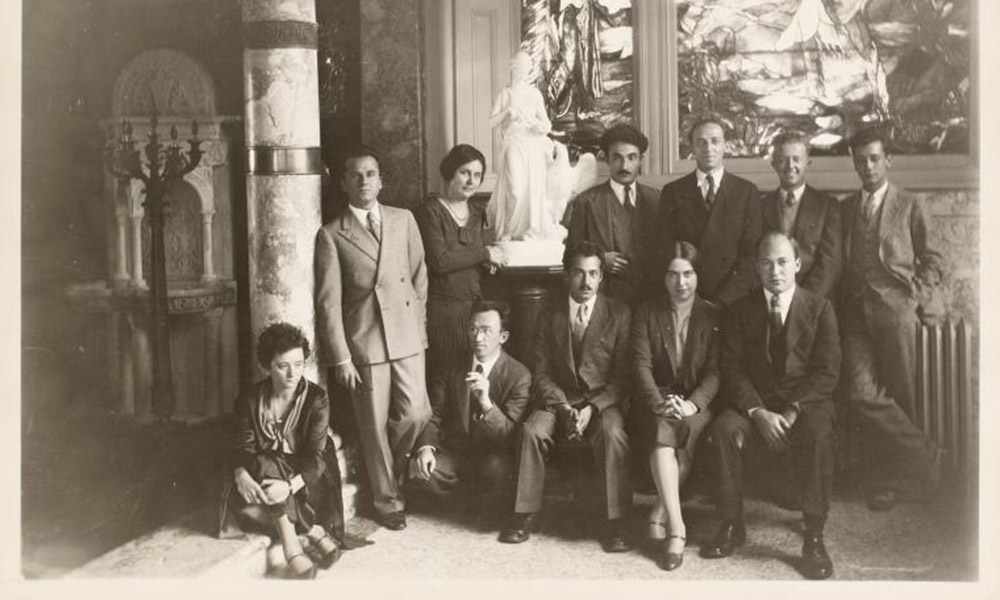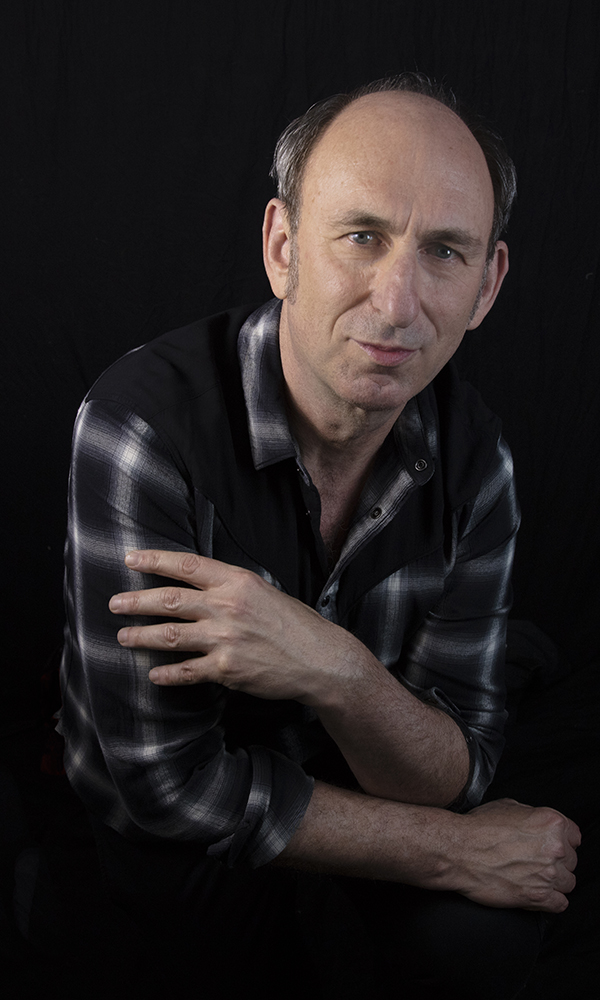If you’re one of the lucky souls who has gotten past the barriers at Yaddo’s front gate—and haven’t been deterred by the “no trespassing” signs along the road leading up to the 95-year-old Saratoga Springs artists’ retreat—you know that inside, it’s business as usual. Yaddo’s VIPs, the residential artists it’s been welcoming in since 1926, have returned.
But to the average outsider, what has always been one of Saratoga’s most mysterious addresses anyway—a heavily wooded, 400-acre tract of land on the edge of town, whose only penetrable portion is a quaint garden accounting for a mere teardrop of the estate—has become that much more of an enigma since the pandemic hit. Now even the gardens remain closed to the public.

As it turns out, Yaddo wasn’t immune to the pandemic’s darkest days. Just like the rest of Saratoga, the retreat was thrown headlong into lockdown mode in mid-March of 2020 and was in an even bigger logistical pickle than most. At the time of the governor’s stay-at-home order, Yaddo had a flock of artists from all over the world in residence, and it needed to figure out how to quickly, efficiently and most importantly, safely, relocate them. “It was more complicated than turning the lights out, in the sense that artists had sublet their apartments and rented out their studios [to be here],” says Elaina Richardson, Yaddo’s longtime president. Two of those artists had come all the way from London, and another, the then-COVID epicenter, China.
Brooklyn-based filmmaker Arisleyda Dilone, who was working on a performance piece to complement her upcoming feature-length documentary, was among that group of artists. Taking up residence in one of the newer one-person studios, Dilone says she immediately took to the isolation. But when it came time for the nightly, communal dinners—each night, the artists are asked to gather for a closed-door dinner, where they can converse or present work to one another—art was the last thing on anyone’s mind. “Every night, people were discussing what they were hearing, what was going on [with COVID],” says Dilone. Though her days at Yaddo were ultimately numbered—she was able to spend only nine days at the retreat versus the month she’d been promised—she says she still got to experience a lot of what makes Yaddo such a magical place. She took hikes on the property; communed with a curious fox she spotted near her studio; and got to crack open a rare copy of Susanna Kaysen’s memoir, Girl, Interrupted, in its library.
For the four residents that Richardson says weren’t able to get home so easily, Yaddo set up free temporary housing for one of them and made use of crisis grants to help two others (the fourth stayed with a friend). Richardson and the Yaddo board also agreed to put a temporary freeze on applications and decided to treat whenever Yaddo reopened as “a do-over year,” bringing back all of the artists who had been accepted but sidelined, instead of welcoming in all-new applicants. Because of COVID, Yaddo skipped three application cycles—residencies normally take place between May and September or October and April—and only just started accepting new applications in August.
Being that Yaddo’s mission has always been to support artists, that’s what it set out to do during the months that it was temporarily closed. To keep the group of artists who had been displaced in mid-March feeling engaged and welcome, the organization hosted private Zoom dinners with them. Yaddo also offered artists resources and practical advice, like getting them up to speed on hosting their own Zoom classes, and educating them on what grants were available and how they could register for unemployment benefits. On the public-facing side, for example, Richardson and her staff unveiled its Shadow Yaddo podcast, to help promote artists whose performances, book tours and premieres had been canceled.

Ironically, lockdown turned out to be a boon for Yaddo’s buildings and grounds team, which was able to make all the noise they wanted to with no artists around to disturb. They were tasked with getting Yaddo equipped for the “new normal.” Porches were screened in so work could be done in a socially distanced environment, terraces were furnished so residents could eat al fresco, and an outdoor movie screen was installed, so filmmakers could show their work in the elements. Yaddo’s historic mansion, which officially reopened in 2019 following a $10 million renovation project—and subsequently won an Excellence in Historic Preservation award from the New York State Preservation League this past winter—also got some additional upgrades.
Despite Yaddo’s not hosting a single resident for nearly a year—really, its raison d’être—the retreat was never in any danger of shutting down permanently. “We never hit the panic button because we didn’t have to,” says Richardson. That’s because, unlike many local nonprofits, Yaddo has a $34 million endowment. “Basically, what it gives us is a cushion,” she says. “When things don’t go well, we can rely on it.” That said, about 50 percent of the staffers—those that would’ve been there solely in service of the artists—were furloughed, and costs were slashed dramatically, to the tune of about $1 million.
Post-lockdown, it might strike you as odd that anyone, let alone an artist who had just spent more than a year working in desert-island isolation, would want to revisit solitude again so quickly. But Yaddo isn’t any old place. Once the country estate of New York City financier Spencer Trask and his wife, Katrina, a writer, Yaddo was transformed into a corporation following the tragic deaths of the Trasks’ four children. After becoming an artists’ retreat in 1926, it’s played host to a who’s-who of famous artists, including Pulitzer Prize–winning composer Aaron Copland; Nobel Prize–winning author Saul Bellow; Chloé Zhao, who recently became the first woman of color to win a Best Director Oscar for her film Nomadland; and novelist Jennifer Egan, who won a Pulitzer for her novel A Visit from the Goon Squad.

To that end, 13 new artists, a much smaller group than normal, ventured to Yaddo this past February and became the first post-lockdown class there. Yaddo set up a bubble around its artists—hence the barriers you may have noticed blocking off the Union Avenue entrance. That meant artists would have to get COVID tests before they left home, get tested upon arrival, and be quarantined there until their negative results came through. The only communal hours were those dinners, and artists were required to wear masks right up until they were seated together at the table. Artists also couldn’t leave the Yaddo grounds under any circumstances. (The only wild card was the Yaddo staff, which was coming and going daily. But it, too, was tested frequently.) To date, there hasn’t been a single COVID positive at Yaddo.
Despite these strict COVID protocols—or perhaps because of the feeling of safety the rules seemed to foster—while many of us were still working remotely and deep into the doldrums of the unforgiving COVID winter, that new crop of artists was having a gay old time. “They were really giddy to be back,” says Richardson. “That group was phenomenally bonded.” David Cale, a New York City–based playwright, songwriter and actor, who had last been to Yaddo two decades prior, was part of that first group back. Cale brought with him the beginnings of a film adaptation for his brand-new Off-Broadway solo show, Sandra, which is set to premiere next spring. That, and a penchant for photographing wildlife. With live theater shuttered and loads of free time on his hands, Cale had been taking pictures of squirrels in NYC and posting them on social media, and he brought his pandemic pastime with him to Saratoga. “I started feeding the squirrels, which I thought was going to get me banished from Yaddo, and photographed them and wrote some stories about them,” he says. “Then other artists started getting involved.” Cale says he and his fellow artists got along well, despite the times. “There was a real playful quality between us and a lot of laughter,” he says, adding that the group is still in touch via WhatsApp.

When Yaddo unveiled its newly restored mansion at its annual Summer Benefit in 2019, it felt like the beginning of a new chapter in the retreat’s history. Armed with the mansion, plus the five modern live-work studios that had opened in 2016, Yaddo now had the ability to expand its residency programs. During a normal, non-pandemic year, the number of artists it could bring in was around 200, and the hope was to increase that to 300. Now, thanks to COVID, that will have to wait, with the current invitee totals standing at a max of 150 for the year. Something that won’t have to wait? Richardson’s campaign to lift the veil of secrecy from Yaddo, something she started long before the pandemic. To that end, as part of the Frances Young Tang Teaching Museum and Art Gallery’s All Together Now series, Yaddo installed an exhibit of Carl Van Vechten’s dance-related photographs this past August, offering pre-registered viewing times to the public through October; and the retreat is hoping to bring back its wildly popular open house tours next spring.
Certainly, neither Richardson nor her staff would be doing their job if they
let a daily stream of locals through the gates to observe artists making their magic happen. “The time and space that is yours and protected is why we exist,” says Richardson. “But I do think there are ways in which the modern world allows you to reinterpret that.” Obviously, there’s a limit to that reinterpretation. “I often felt in the past that Yaddo didn’t explain well enough the value of retreat, and what it’s all about,” Richardson says. “People understood it in yoga terms. But as a connection to the book you read, the movie you see, I do think, coming out of this year, people will have a better understanding of what staying in one place, silence and being inward can give you. We have to clarify why it’s important to respect the public-private boundary, and we also have to make it clear that we’re not inhospitable to natural curiosity.”


